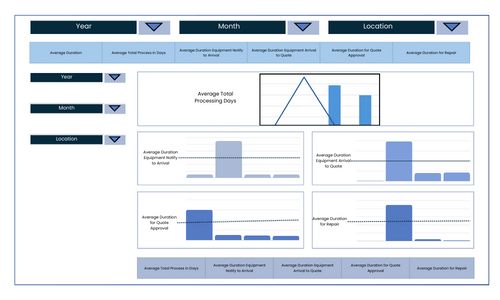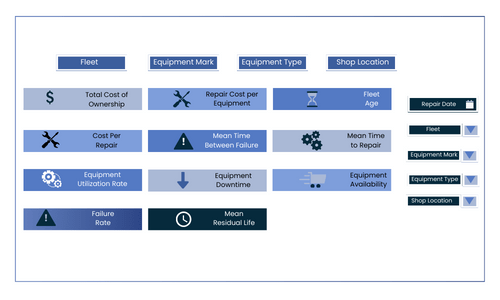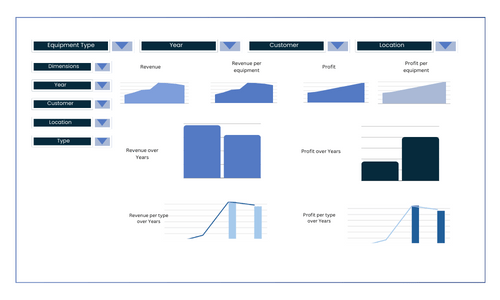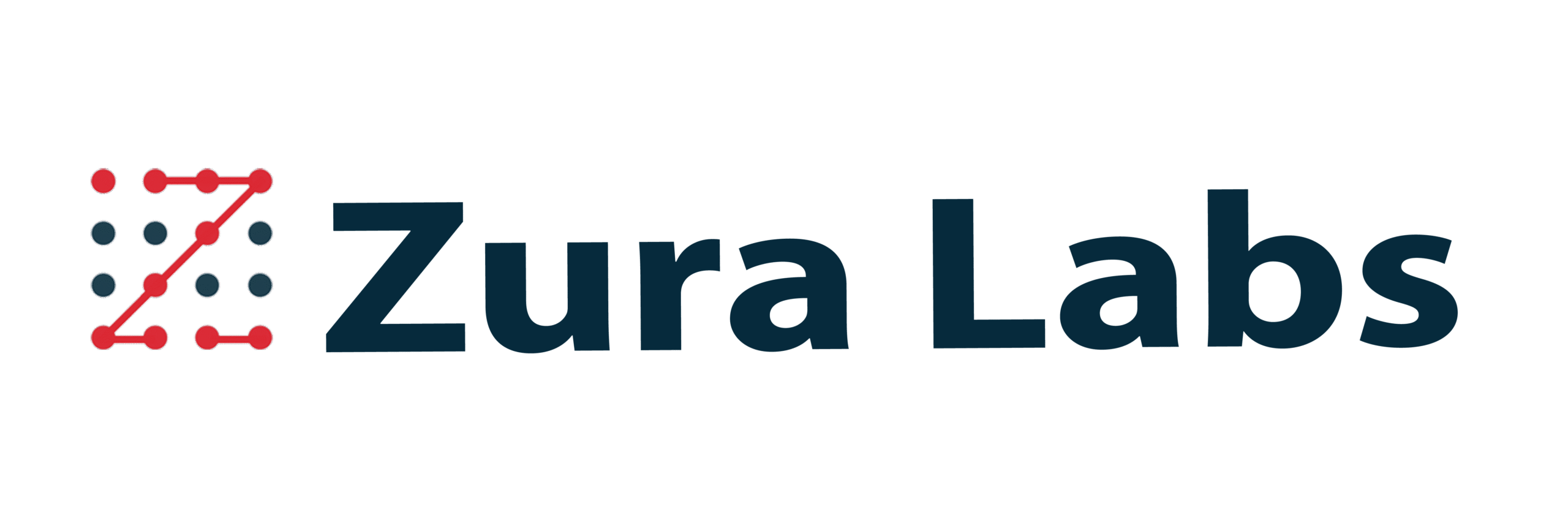Organizations are increasingly adopting digital transformation in MRO (Maintenance, Repair and Operations) for enhanced flexibility and resilience. Be it cloud based, remote monitoring, virtual inspections, augmented reality – MRO teams are increasingly embracing these new age technologies for troubleshooting, training, and remote assistance in maintenance tasks. Predictive maintenance continues to evolve with advancements in artificial intelligence (AI) and machine learning (ML) and organizations utilize more sophisticated algorithms to predict equipment failures, optimize maintenance schedules, and reduce downtime.
But what does this transformation mean for different stakeholders in the MRO ecosystem?
Let’s take a look at what a strong data analytics ecosystem means for various job functions
Middle Managers

Middle managers can leverage predictive analytics to gain a clear understanding of their specific MRO areas. They can assess department-level trends, monitor performance through high-level summaries, and use drill-down capabilities to uncover patterns or potential issues before they escalate. This proactive insight enables smarter planning and faster decision-making.
Analysts
Large volumes of data collected by inspectors, technicians, and analysts can be efficiently stored and accessed for deep analysis. Analyst teams can explore this data to uncover hidden patterns and long-term trends. MRO professionals can filter and examine it from multiple angles using slicers and parameters, enabling a granular, microscopic view. Your equipment’s health can be determined by identifying crucial patterns via time-series charts and heatmaps.

Executives

Strategic MRO analytics provide leadership teams with a comprehensive view of operations across departments and business units. With a holistic perspective, leaders can monitor key performance indicators (KPIs), track trends, and analyze period-over-period changes to ensure alignment with long-term goals. These insights help identify areas for improvement and enable benchmarking against performance targets, supporting more informed, data-driven decision-making at the organizational level.
Learn about how Maintenance, Repair and Operations (MRO) underwent a transformation over the last three decades. Have you joined the band wagon yet?

